FKM vs Nitrile: Which material is right for your applications?
Feb. 06, 2024
FKM vs Nitrile: Which material is right for your applications?
Choosing the right material for your specific application is crucial for ensuring optimal performance, durability, and cost-effectiveness. When it comes to sealing solutions, two popular elastomers frequently considered are Fluoroelastomer (FKM) and Nitrile (NBR). Each material possesses unique characteristics that make it suitable for various applications. Understanding the differences between FKM and Nitrile is essential for making an informed decision that aligns with your requirements.
FKM: Superior Performance in Extreme Conditions
FKM, also known as Fluorocarbon rubber, exhibits exceptional resistance to a wide range of chemicals, fuels, oils, and high temperatures. This makes it an ideal choice for applications where exposure to harsh environments is anticipated. Additionally, FKM demonstrates excellent compression set resistance, meaning it maintains its shape and sealing properties over extended periods, even under high pressure. These qualities make FKM the material of choice for industries such as aerospace, automotive, and oil and gas, where reliability in extreme conditions is paramount.
Nitrile: Cost-Effective and Versatile
Featured content:Exploring the Diversity of Rubber Stoppers in Pharmaceuticals
How To Pick The Right High-Pressure Hose For You
Is Paint Protection Film Worth It? The Key to Protecting Car Paint
How to Apply High Tack Self Adhesive Vinyl
What is Single-Phase Immersed Dielectric Coolant?
Key Questions to Ask When Choosing the Best Four Steel Wire Spiral Hose for Hydraulic R12
Top 5 Benefits of Silane Coupling Agents in Industrial Applications
On the other hand, Nitrile rubber, or NBR, offers a more cost-effective solution without compromising on performance in moderate operating conditions. Nitrile exhibits good resistance to oil, fuel, and other hydrocarbons, making it suitable for a wide range of sealing applications in industries such as automotive, machinery, and general engineering. Moreover, Nitrile is known for its flexibility and ease of manufacturing, contributing to its widespread use across various industries.
Considerations for Selection
When deciding between FKM and Nitrile for your applications, several factors should be taken into account. Firstly, assess the operating environment including temperature, chemical exposure, and pressure requirements. If your application involves high temperatures or exposure to aggressive chemicals, FKM would be the preferred choice due to its superior resistance properties. Conversely, for applications with moderate operating conditions and budget constraints, Nitrile may offer a more cost-effective solution without compromising on performance.
Furthermore, consider the specific sealing requirements such as compression set resistance, flexibility, and longevity. While FKM excels in extreme conditions and offers long-term reliability, Nitrile provides versatility and cost-effectiveness for applications with less demanding operational parameters.
Conclusion
In conclusion, the choice between FKM and Nitrile depends on the specific needs of your application. FKM offers superior performance in extreme conditions, making it suitable for industries where reliability and durability are paramount. On the other hand, Nitrile provides a cost-effective solution for applications with moderate operating conditions without compromising on performance. By carefully evaluating your requirements and considering the unique properties of each material, you can make an informed decision that ensures optimal performance and longevity for your sealing applications.
Featured content:Top 5 Uses for Fabric-Braided Hose in 2024
Ultimate Guide to 1250CFM Polyester Mesh Cloth
HVAC Hoses & Fittings: Ultimate Guide to Choosing & Installing
How to choose the best HDPE wall panels?
Top Tips for SAE 100R12 Hydraulic Hose in 2024
How Does OEM Single Fiber Braid Hose Enhance Hydraulic Performance?
Ultimate Guide to HVAC Hoses & Fittings: Tips & Troubleshooting
236
0
0
Related Articles
-
HDPE Sanitary Sewer Pipe: Benefits, Installation Tips, and Key Considerations
# HDPE Sanitary Sewer Pipe: Benefits, Installation Tips, and Key Considerations.
54
0
0
-
60
0
0
-
67
0
0
-
How Can Wire Braided Hoses Enhance Steam Efficiency and Safety?
## How Can Wire Braided Hoses Enhance Steam Efficiency and Safety?
67
0
0
-
What are the benefits of flat polyester mesh cloth?
Durability and StrengthFlat polyester mesh cloth is renowned for its exceptional durability.
57
0
0
-
51
0
0
-
56
0
0
-
49
0
0


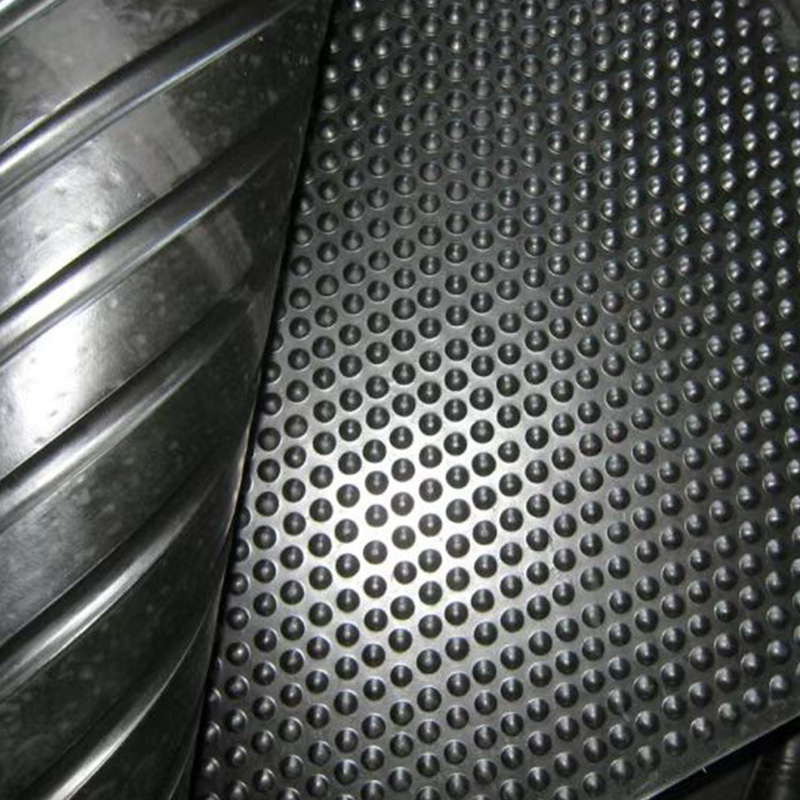
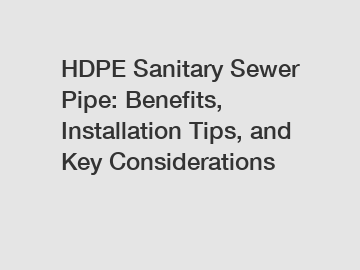
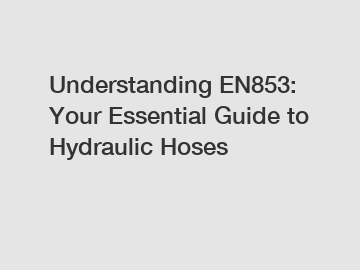
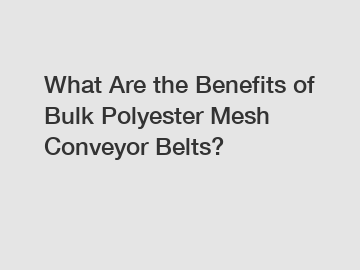

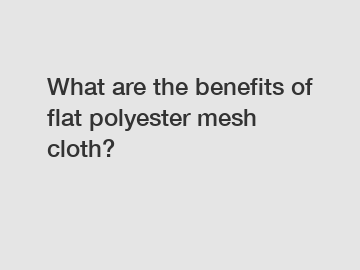



Comments
All Comments (0)